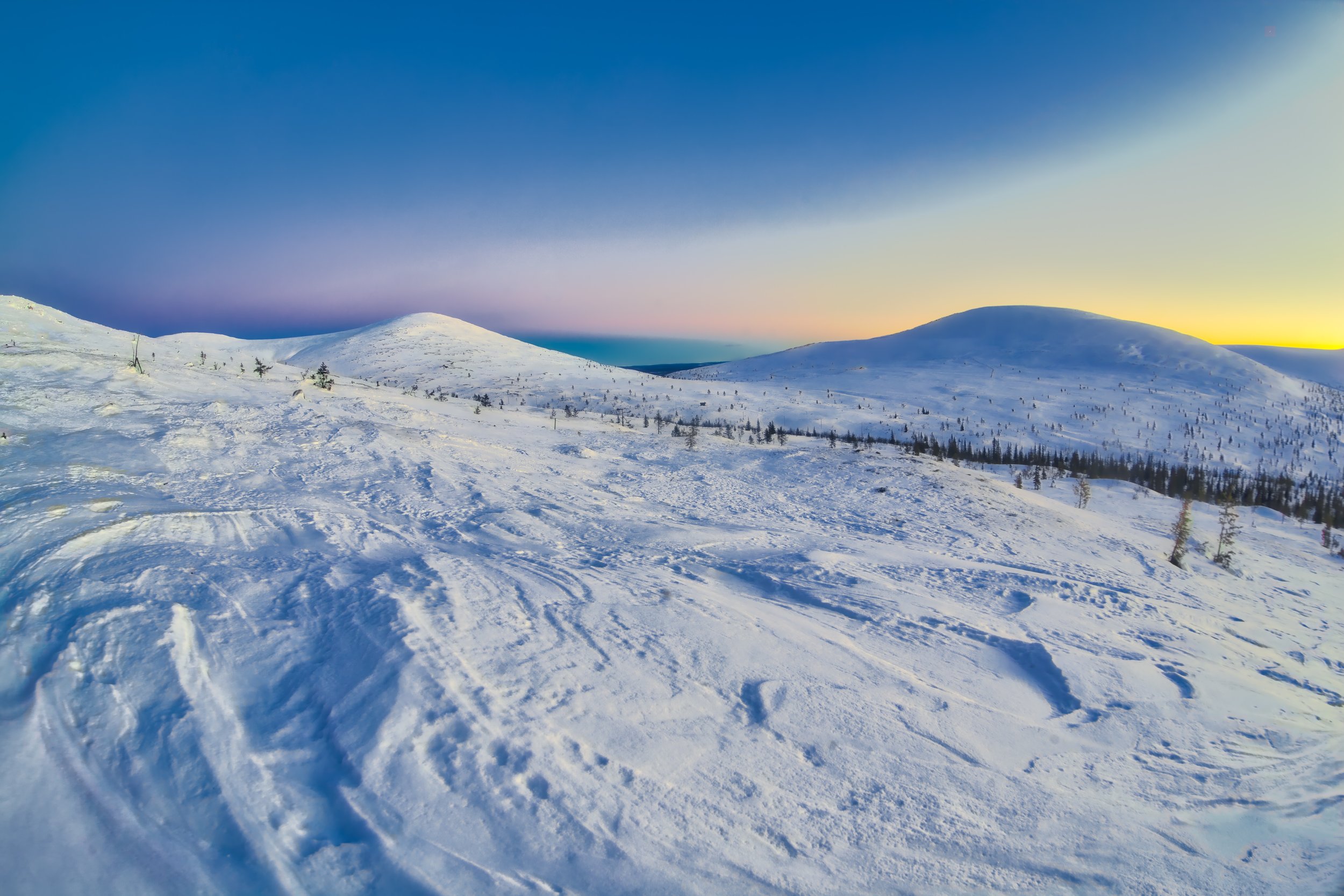Greenlandic Inuit Culture: Survival in the Arctic
More than 700 years ago, a group of nomadic hunters crossed the Bering Strait into the northernmost part of modern-day Greenland; a region known for its freezing temperatures, vast frozen landscapes, and long, dark winters.
Known as the Thule Culture, this group was well-adapted for the harsh Arctic climate, and subsisted primarily on large sea mammals like whales and seals. Legend has it that these nomads first immigrated to Greenland in search of iron for tool-making, although another theory suggests that they may have been following migrating groups of bowhead whales.
Regardless, what we now know of the Thule people is that they were the first indigenous culture to bring sled dogs into Greenland, and that they used sailing vessels much like modern-day kayaks to navigate the region’s rugged shorelines.
We also know that they thrived in one of the planet’s most inhospitable and extreme climates, by developing highly specialized tools, clothing, dwellings, and ways of life to cope with the frigid conditions.
Finally, we know that the Thule were the direct ancestors of all modern Inuit, and that they played a vital role in shaping the culture of Greenland. Few societies on earth have maintained such deep commitment to their ancestors’ traditions as the Inuit people.
As one of the most remote societies on earth, today’s Inuit communities rely on the same survival tactics for life in the Arctic that the Thule developed hundreds of years ago. Hunting remains the cornerstone of modern Inuit culture, with many native Greenlanders rooting their entire identities in the tradition.
Men spend years honing their harpoon-throwing, kayaking, and dog-sledding skills; not just out of deep cultural pride, but as a vital means of survival. Importing food to such a remote location is extremely expensive, and the climate is too cold for farming or gathering plants to eat. This leaves hunting as the sole option for many families.
Large sea mammals like walrus, seal, and narwal are hunted and consumed most frequently, although it is reindeer and caribou that are the most revered. Hunting conditions can be perilous, due in part to the long journeys across the tundra as well as the frigid temperatures and rough seas.
Many of these hunting expeditions are only possible due to the speed of transport provided by the hunters’ sled dogs, making them a precious resource. In fact, hunters will frequently make dedicated trips to find meat for their dogs, as keeping them strong and healthy is so essential to their own wellbeing.
While most Inuit people live in modern housing the majority of the time, traditional dwellings are still used on occasion for these excursions. Turf huts and igloos in particular provide reliable shelter and insulation from the elements on long hunting trips.
Additionally, the clothing worn by modern Inuit hunters (including polar bear skin garments and caribou anoraks) bear a striking resemblance to those worn by the ancient Thule people.
While this commitment to preserving old ways of life may seem too extreme to those outside the culture, it is in fact precisely what has allowed the Inuit to thrive in the harsh Arctic for so long. Isolated from the world and at the mercy of their extreme environment, they must do whatever is necessary to survive - just like their ancient ancestors.
For hundreds of years, simple human ingenuity and adaptability has allowed mankind to survive in one of the most hostile environments on earth...and many generations later, nothing has changed.






